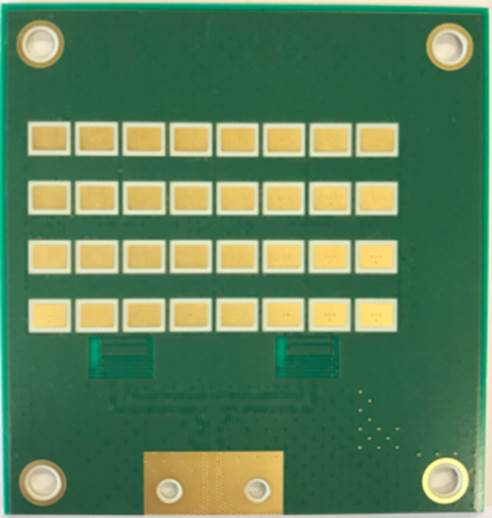TowerJazz, the global specialty foundry leader, and The University of California, San Diego (UCSD), a recognized leader for microwave, millimeter-wave, mixed-signal RFICs, and phased arrays, demonstrate for the first time, a greater than 12 Gbps, 5G phased-array chipset. This chipset demonstrates that products can be fabricated today to meet the emerging 5G telecom standards for the next wave of worldwide mobile communications. The chipset operates at 28 to 31 GHz, a new communications band planned for release by the FCC. The chipset uses TowerJazz’s high volume SiGe BiCMOS technology, with record performance at the 28GHz band, representing a more than 10-times improvement in data rate vs. 4G LTE, and today meets many other technical specification requirements of the emerging 5G standard.
5G Status and Recent Announcements
- The FCC in July 2016 released plans to provide new frequency spectra to market ahead of agreed upon 5G (fifth generation) wireless standards. This included licensed spectra around 28, 37-40 GHz bands and an unlicensed 64-71 GHz band.
- Recent reports (Jan 2017) have stated that 5G communications could foster a $12 trillion economy in 2035 (IHS Markit), and in the next seven years $275 billion in spending on infrastructure could result from 5G implementation in the USA (CTIA/Accenture report).
- Though 5G standards have not yet been fixed, several reports from the world’s leading network service providers suggest 5G data rates will be 1 to 10 Gbps, compared to the 4G standards which are 100 Mbps up to 1 Gbps.
- 5G demos are beginning worldwide. Verizon has stated that it will begin pre-trials of 5G in the USA using the 28 GHz band, and will “achieve some level of commercialization” in 2017.























